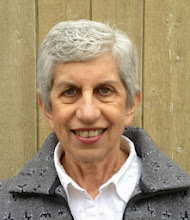
In the earlier days of brain research most of the results were function identification. Discovering where the different parts of the brain began and ended was the question of the day. As that became clearer, the next question was what was the function of each part? We got right brain and left brain concepts from that phase of research. With the invention of MRI and fMRI neurologist have been able to see how the different parts of the brain react with each other and even with the rest of the body. That line of questioning has moved scientists from linear thinking to complex thinking.
Some people in the field of education did not wait for science to validate their insights and created their own pedagogies such as Dr. Maria Montessori, the first female medical doctor in Italy. Dr. Montessori based her ideas upon observation of mentally disturbed and uncared for children and after success with them she applied her learning to healthy children. Maria Montessori was not the first, but one of several who tried to influence pedagogy with their observations of how children actually learned. Meanwhile, neurologist worked in their own laboratories trying to understand the workings of the brain as opposed to the behavioral results of brain activity. There was very little contact between neurologist and educators. This was not unusual given that all professions up until about fifteen years ago were considered separate entities. This was fueled by the belief that teachers were not considered capable of understanding neuroscience.
Now on an increasing scale, educators, pedagogues and neurologist have begun to research together, testing the various activities that can enhance various qualities and skills found in the brain. This collective effort has moved education into the beginning of a new paradigm of teaching and learning. It is being called Brain-based education and describes the link between the results of brain research and the pedagogic actions taken in the classroom. It is multi-disciplinary because we now understand that the whole person has to be educated precipitating interaction between sociologists, physical fitness experts, psychiatrists, nutritionist, psychologists, and cognitive scientists and the classroom teacher.
Have a look at Signs of the Times for more practical information.

